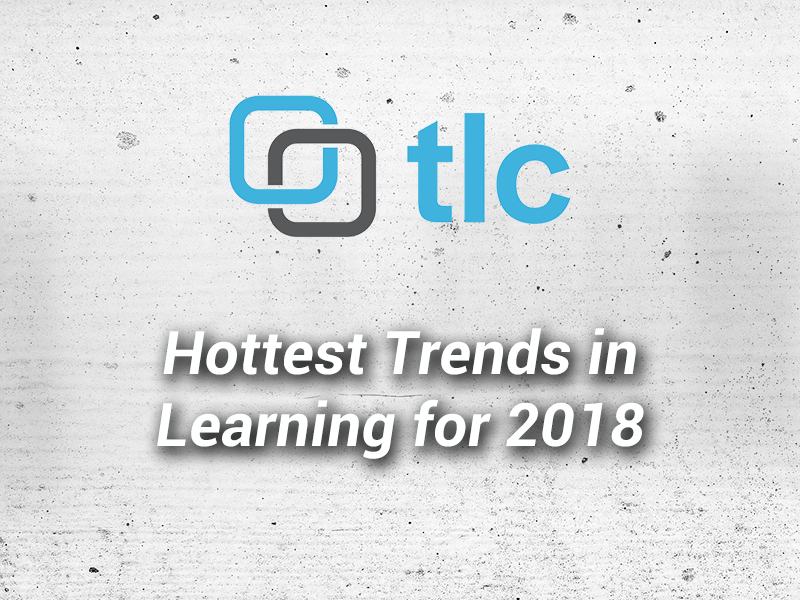
Microlearning for Knowledge Retention
March 7, 2018
Are You Enchanting Your Learners?
June 19, 2018Who doesn’t enjoy playing a game or two? Using games for education and training can provide many benefits to employers and their employees. And with Generation Y growing up playing games on their tablets in their strollers it’s only going to get bigger. They not only are tech savvy, they want to work for businesses that are as well. If this is a hard sell for your clientele, here are some tips and statistics you can share to compare traditional classroom training to online courses that include gamification, so they may see what a game changer this can be for them.
Time Spent Preparing a Class
Gamification: Immediate purchase
Classroom Setting: At a minimum classroom, instructors, & attendees schedules must be coordinated.
Cost Savings
Gamification: A one-time purchase can be utilized repeatedly AND keep everyone up to date on training. As new employees are hired they have immediate access to the same training others received to ensure consistency among the workforce.
Classroom Setting: With a classroom setting you have the cost of renting the space (if your office doesn’t have one), travel costs for the instructor and attendees, and the time and money spent making those travel plans each time you need to schedule a class. While waiting for a live course, an employer will have staff who have not received the same training as their peers while waiting on the next class to be scheduled.
Generic or Customized
Gamification: As a developer, you should think about creating generic games for common requests. If your client can pick a product off the shelf without having to spend their time discussing their wants and needs for something to be customized, you are likely to have a quick sale and happy customer. Now on the other hand, you can still make those generic courses quickly customizable with company logos and scenarios depending on budgets and desires. You want to make shopping with you fun and easy, so the consumer will come back.
Classroom Setting: Instructor-led courses can be generic in nature or focused on items and/or developed for a specific target audience. However, the trainer will more than likely have their own curriculum and rely on their expertise to answer questions and possibly grade tests. Depending on the instructor this can be a positive or a negative. In addition, conducting Train the Trainer classes is an expensive and time-consuming feat in and of itself.
Rewards for Employees
Gamification: It can be difficult for companies to develop a fair rewards system which can be difficult for large companies with locations all over the world, BUT you can build a reward system right into their curriculum, subsequently saving them time. Because right after saving money, the next thing people want to save is time. After so many passed classes or points the users will get X. X being a preferred parking spot, small bonus, etc. The “My Coke Rewards” system is one example. Your system does the work for them!
Classroom Setting: N/A
*We’ve rounded up 8 statistics on the use of gamification in eLearning, some of which may surprise you.
- The gamification industry is expected to grow to over $2 billion in the U.S., according to M2 Research. (Huffington Post)
- 61% of surveyed CEOs, CFOs, and other senior executives say they take daily game breaks at work. More than half of these gameful executives say they play during work in order “to feel more productive.” (Ryan Jenkins)
- More than 70% of Global 2000 organizations will have at least one gamified application, driving 50% of all innovation. (Engagement Alliance)
- Since 2010, over 350 companies have launched major gamification projects. These include consumer brands like MLB, Adobe, NBC, Walgreens, Ford, Southwest, eBay, Panera, and more. (Huffington Post)
- In the United States alone, there are 183 million active gamers. Those gamers play 13 hours a week on average. (Ryan Jenkins)
- Almost 80% of learners say that they would be more productive if their university/institution or work was more game-like. (Talent LMS)
- Over 60% of learners would be motivated by leaderboards and increased competition among students. 89% say that a point system would increase their engagement with an eLearning application. (Talent LMS)
- By 2018, the Global Gamification Market will reach $5.5Bn. (Engagement Alliance)

Have a friend that would enjoy this blog? Feel free to share and like us on Facebook at https://www.facebook.com/TlcMediaDesignLlc.
For more FREE resources, sign up here. Game on!
*https://www.digitalchalk.com/blog/8-surprising-gamification-statistics


